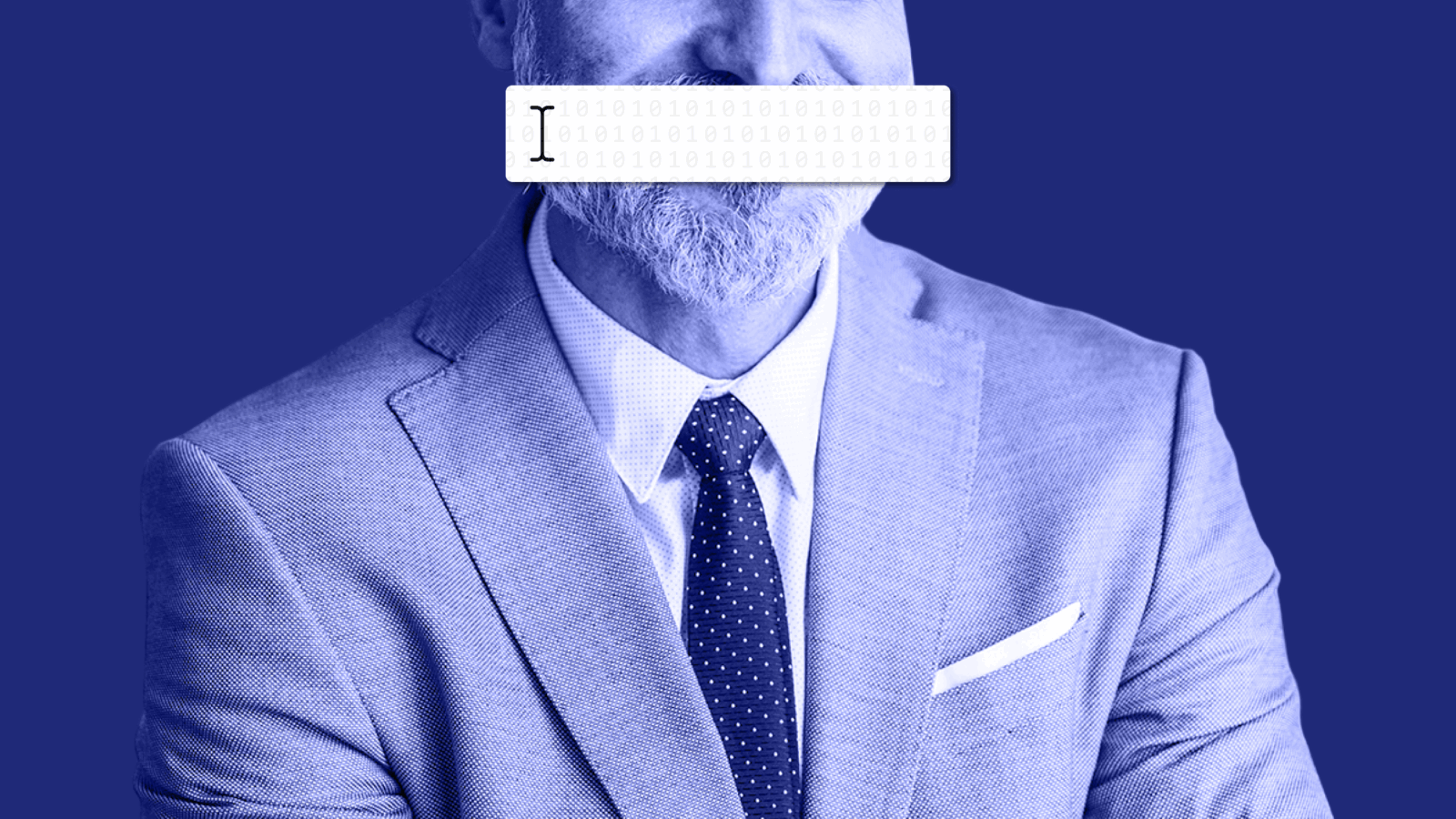Don’t Know Much About Money: With More Americans relying on TikTok for financial advice, what could go wrong?

Sign up for smart news, insights, and analysis on the biggest financial stories of the day.
YouTuber Stephen “Coffeezilla” Findeisen released an eye-opening investigation earlier this year into Logan Paul’s CryptoZoo, an NFT blockchain project that Paul, a wannabe-rapper-boxer-philosopher, described as “a really fun game that earns you money.”
Shockingly, the whole thing turned out to be a scam, but not before the game’s “players,” who were generally young men, wound up losing millions of dollars. Paul is now the defendant in a class action lawsuit from CryptoZoo players, but why did so many people go along with it in the first place? It doesn’t seem like a stretch to believe that a lack of financial literacy contributed to their victimization. CryptoZoo just sounds like something to stay far away from — if you’re at least somewhat financially literate.
But the dearth of financial knowledge across the US also helps to explain more widespread economic issues, like why Americans owe a combined $1 trillion in credit card debt, why so many people are scared they don’t have enough money to retire, and why they become victims of predatory lending practices.
You Don’t Know What You Don’t Know
In 2017, the Global Financial Literacy Excellence Center issued its first P-Fin Index, a 28-question survey that serves as a barometer of financial literacy among US adults. It covers topics like borrowing, saving, consuming, wages, go-to info sources, investing, insuring, and comprehending risk.
Since its inception, the results have been generally poor. According to the latest findings, Americans could only answer 48% of the questions correctly:
- The gaps in financial literacy extend across genders, races, ethnic groups, and generations, though they’re particularly acute among Millennials (born between 1981 and 1996) and Gen Z (1997 to 2012), who correctly answered just 37% and 30% of the questions, respectively.
- A key troubling data point is that people scored particularly low on comprehending risk. On average, only 35% of these questions were answered correctly.

The center found that compared to the financially literate, those lacking skills are three times as likely to be debt-constrained, four times as likely to have difficulty making ends meet, and seven times more likely to spend 20 hours or more per week thinking about money problems.
As both Francis Bacon and Schoolhouse Rocky say, “Knowledge is power,” and by that standard Americans are not in great financial shape.
Rolling with the Punches
Of course, knowledge alone can’t offset the anxiety related to economic conditions — for example, the current focus on high inflation and constant rate hikes:
- Bloomberg recently surveyed 1,000 Americans making at least $175,000 a year, and asked them if they were poor, comfortable, or rich. A quarter of respondents — some of them making more than $5 million a year — said they were poor or just scraping by. Reporters Claire Ballentine and Charlie Wells posit that if those at the top aren’t satisfied with their financial well-being, the rest of us might be losing hope of any upward mobility.
- The percentage of Americans who think they’re on track for a comfortable retirement is dropping, too, according to a BlackRock survey. The percentage of people who said they felt comfortable they could have the retirement lifestyle they want fell to 56% from 68% just two years ago, with people citing market volatility, high inflation, a recession, and just a lack of income as their main fears.
Beyond the ‘Personal’
Many factors contributed to the 2008 housing crisis like poor governmental regulation, careless credit rating agencies, and predatory mortgage lending. However, personal finance played a role in the economic quagmire:
- To keep riding the massive wave of global investment into mortgage-backed securities (MBS), lenders gave unprecedented amounts of loans to people with poor credit and unsteady income. They targeted folks with little financial literacy, communities of color, and immigrants desperate to start a life in America.
- The problem was that the new MBS were high-risk and likely to default despite AAA ratings from credit agencies. In the first year of the crisis, an average of 700,000 American workers lost their jobs each month, and over the course of the Great Recession 10 million people were displaced from their homes.
“While there are many causes to the economic problems facing the country, it is undeniable that a lack of financial literacy is a contributing factor,” according to a Treasury Department report. “Far too many Americans entered into home and other loan agreements that they did not understand and ultimately could not afford.”
What Did You Learn in School Today?
So how do we avoid, or at the very least mitigate, another 2008? If there was only some place where we could all gather for 12 years to collectively learn this type of stuff…
Most US public schools traditionally don’t teach many essential life skills — cooking, household and automotive repair, stress management, as well as personal finance. But that could change in the next few years.
Next Gen Personal Finance is a non-profit that advocates for and develops financial literacy classes in US high schools. Its goal is to have every student in America be required to take a one-semester personal finance course by 2030.
“The great news is that the momentum is tremendous,” NGPF co-founder Tim Ranzetta told The Daily Upside. “In the last two and half years, we’ve seen the number of states that require a one-semester course go from 8 to 23.”

The class that NGPF offers to high-schoolers covers a wide range of topics: applying for jobs, reading pay stubs, buying car insurance, investing in an IRA, understanding compound returns.
“We have an activity that teaches them how to read a credit card agreement, and many are surprised to learn that they shouldn’t just be paying the minimum each month,” Ranzetta said, “They should be paying it off in full because interest rates are now over 20%.”
In Your Head
Beyond technical skills, Ranzetta said much of the class is designed to build confidence and break down students’ fears of money and the stock market. Individual stocks can be a gamble, and if a young person’s picks fail, they often walk away thinking any kind of investing isn’t for them.
“Loss aversion says that when the stock market drops, you feel the pain twice as much as the joy you get from the gains,” he said. “As investors, we can be our own worst enemies.”
Introducing students to less-risky index funds instills composure and prepares them for the general ups and downs of the overall market.
“The number one hardest thing to teach in investing is that the simplest strategy is often the best,” Ranzetta said. “Index funds are low-cost right now. You don’t need to be a stock wiz. You don’t need to be a genius. You just need to be patient and withstand the drawdowns that happen.”
We Won’t Get Fooled Again
On the opposite end of the spectrum, sometimes there’s not enough fear. We see that when young people get involved in memestocks or they go all in on casino-style trading apps like Robinhood. They treat investing like a video game.
Ranzetta recognizes that social media and the internet in general contains plenty of solid and free financial information for the uninitiated, but it’s also filled with harmful insights and scams
“Survey after survey is asking young people where they’re getting financial advice, and in some cases, 70% say they get it on TikTok. If we’re not providing personal finance [knowledge], then they’re susceptible to bad advice.”
So, kids, the next time an influencer says his NFT game can make you loads of passive income after you drop a few thousand dollars into it, it’s probably too good to be true.











